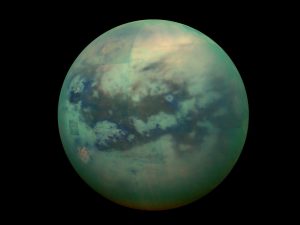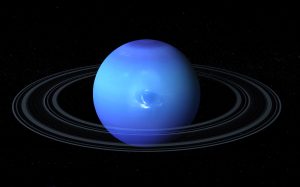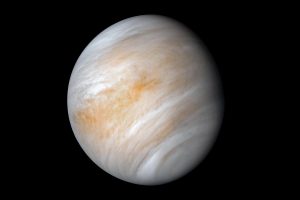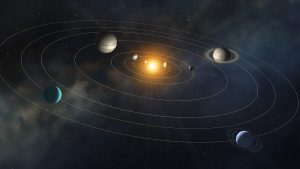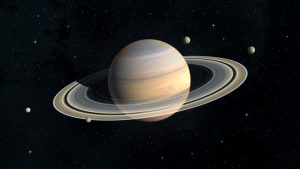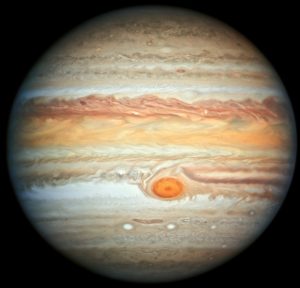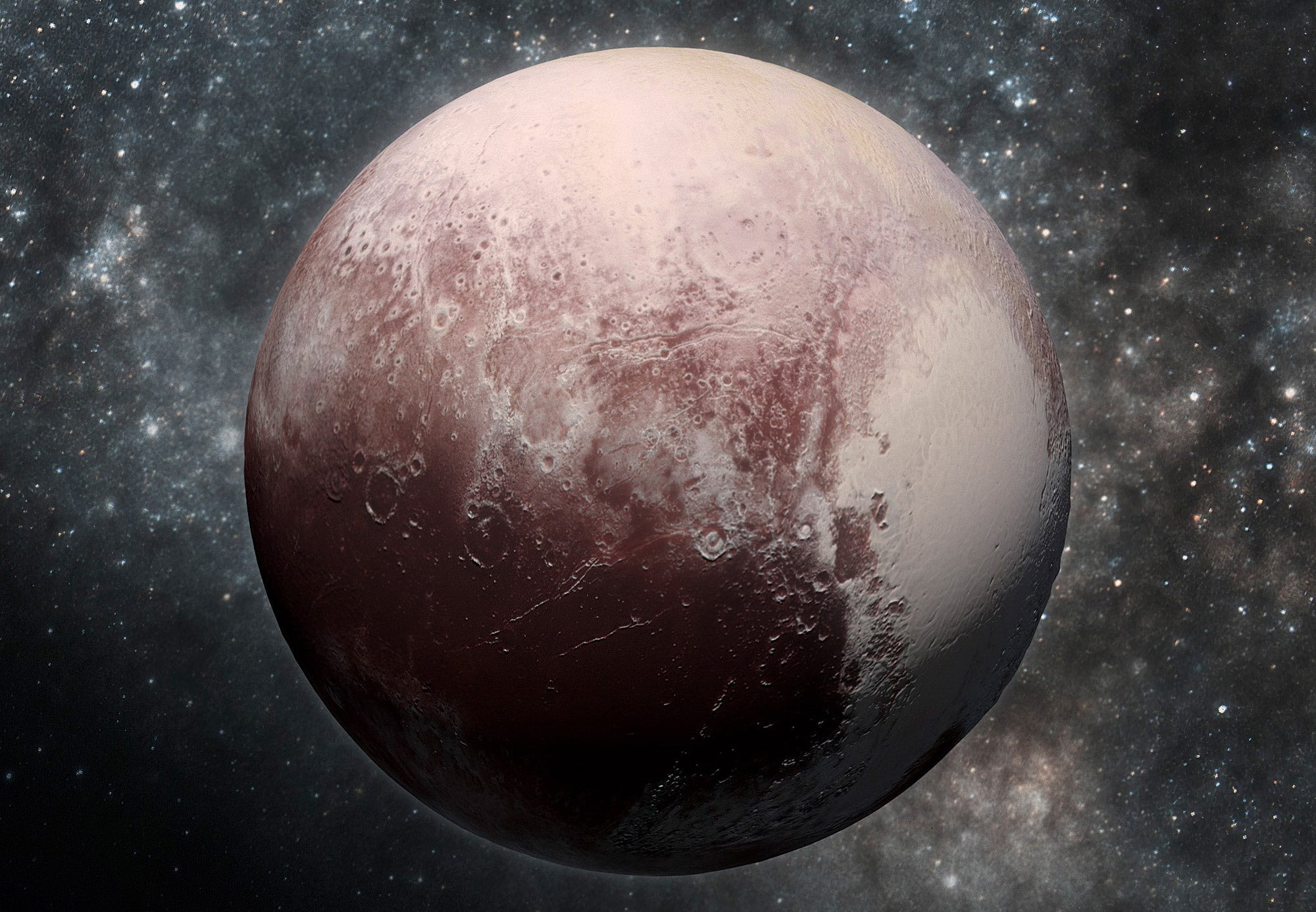
53 interesting facts about Pluto
- 👁️ 1404
Pluto, once considered the ninth planet in our solar system, is a mysterious and intriguing object that has captured human imagination. Designated as a dwarf planet in 2006 by the International Astronomical Union (IAU), it orbits the Sun in the outermost region of our solar system known as the Kuiper Belt. The New Horizons mission, which performed a flyby in 2015, provided us with an unprecedented close-up view of Pluto and its moons, revealing many unexpected features. Despite being a small and distant world, Pluto continues to be a subject of scientific study and popular fascination. Here are more than 53 intriguing facts about Pluto:
- Pluto was discovered on 18 February 1930 by American astronomer Clyde Tombaugh.
- The planet was named after the Roman god of the underworld, not the Disney character.
- Pluto’s orbit is eccentric and inclined, meaning it is not a perfect circle and is tilted relative to the orbital plane of the solar system’s planets.
- Pluto has five known moons: Charon, Nix, Hydra, Styx, and Kerberos.
- Charon, Pluto’s largest moon, is about half the size of Pluto itself.
- Pluto and Charon are sometimes considered a binary system as the barycentre of their orbits is outside Pluto.
- It takes Pluto approximately 248 Earth years to orbit the Sun.
- Pluto’s surface is composed mainly of nitrogen ice, with traces of methane and carbon monoxide.
- In 2015, the New Horizons spacecraft became the first to visit Pluto, providing detailed images and data.
- Pluto’s diameter is approximately 2,377 kilometres, making it the largest dwarf planet.
- The “heart” shape on Pluto’s surface is known as Tombaugh Regio and is rich in nitrogen and carbon monoxide ices.
- Pluto’s atmosphere consists mainly of nitrogen, with smaller amounts of methane and carbon monoxide.
- When Pluto is further from the Sun, its thin atmosphere essentially freezes and falls to the surface.
- Pluto has mountains made of water ice that can be as tall as 11,000 feet (3,353 meters).
- The New Horizons mission discovered that Pluto is slightly larger than previously thought.
- Pluto’s surface temperature can plunge as low as -233 degrees Celsius.
- Pluto has been visited by only one spacecraft, NASA’s New Horizons.
- Pluto’s reclassification from a planet to a dwarf planet in 2006 was a subject of significant controversy.
- Pluto is not always the ninth-most-distant planet from the Sun due to its eccentric orbit, sometimes coming closer than Neptune.
- Pluto’s surface exhibits a wide variety of colours, including dark reds, yellows, and bright blues.
- It has a thin nitrogen haze that gives it a blue atmospheric halo.
- Pluto’s interaction with the solar wind creates “tails” of plasma that extend millions of miles beyond the dwarf planet.
- The New Horizons mission found evidence of past subsurface oceans on Pluto.
- The icy plains in Pluto’s “heart” show signs of expanding and contracting.
- Pluto’s axial tilt is approximately 120 degrees, leading to extreme seasonal shifts.
- It was the first and only binary planet system discovered in our solar system until reclassification.
- Pluto is smaller than Earth’s Moon.
- The Hubble Space Telescope provided some of the first detailed images of Pluto before New Horizons.
- Pluto’s surface gravity is only about 6.7% as strong as Earth’s.
- Astronomer Percival Lowell first began the search for Pluto in the early 20th century.
- Pluto is part of a group of objects called plutinos, which share similar orbits.
- The New Horizons spacecraft carried some of Clyde Tombaugh’s ashes to Pluto.
- Pluto’s mountains and other geological features are named after underworld deities and explorers.
- Pluto has a reddish hue due to the presence of tholins, complex molecules created from simple gases.
- The discovery of Eris, another dwarf planet, prompted the reevaluation of Pluto’s planetary status.
- Sputnik Planitia, part of Pluto’s heart, is a giant glacier made of nitrogen ice.
- There’s a canyon on Pluto that’s 6 miles (9.7 km) deep, deeper than the Grand Canyon on Earth.
- Pluto’s largest moon, Charon, has a dark-red polar cap, likely caused by trapped gas from Pluto’s atmosphere.
- The Kuiper Belt, where Pluto resides, contains many other small icy and rocky objects.
- Pluto’s escape velocity is only 1.2 km/s, meaning a fast-moving car could potentially leave its gravity.
- Scientists believe that Pluto may still be geologically active.
- Pluto’s “heart” may contain a sea of slushy water ice beneath its surface.
- Observations of Pluto began in the 19th century, but it wasn’t identified as a planet until the 20th century.
- Pluto’s discovery led to a better understanding of the solar system’s edge.
- It has an equatorial circumference of 7,231.9 kilometres.
- Pluto is named after the Greek god of the underworld, Hades, known as Pluto in Roman mythology.
- Pluto’s dark, equatorial band of terrains is called Cthulhu Macula, named after a fictional cosmic entity.
- The New Horizons mission’s next target after Pluto was Arrokoth, another object in the Kuiper Belt.
- The James Webb Space Telescope, set to launch, may provide more detailed observations of Pluto.
- There are theories suggesting that Pluto may have formed closer to the Sun before migrating outward.
- Pluto’s “heart” has no impact craters, indicating a relatively young geological surface.
- Due to its distance, sunlight reaches Pluto around 5.5 hours after leaving the Sun.
- Some astronomers believe Pluto’s subsurface ocean could potentially harbour microbial life.
Pluto is an extraordinary object in our solar system that continues to fascinate scientists and the general public alike. From its complex geology to its unique atmosphere, its status as a dwarf planet to its deep connection with our understanding of the distant cosmos, Pluto holds many secrets yet to be uncovered. The New Horizons mission expanded our knowledge immensely, but there is still much to learn about this distant and enigmatic world. Pluto will undoubtedly continue to be a focus of astronomical study and curiosity for generations to come.

